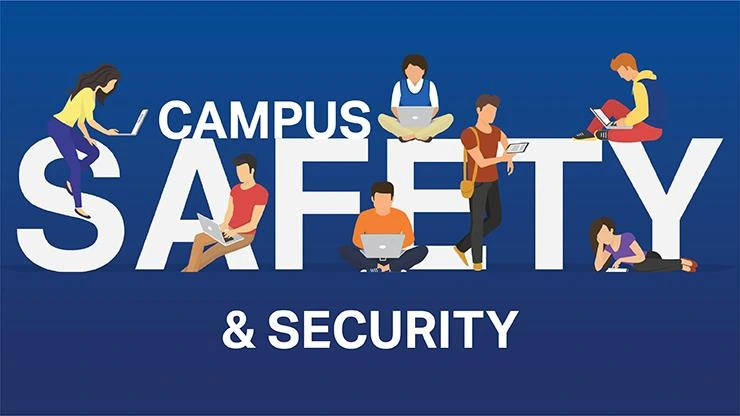Campus safety has become an increasingly critical concern for universities worldwide. As educational institutions strive to create environments conducive to learning and personal development, implementing effective safety programs is essential. These programs not only enhance security but also foster a sense of community and well-being among students, faculty, and staff. This article delves into various university campus safety programs, their significance, and how they contribute to a secure academic environment.

The Significance of Campus Safety Programs
University campus safety programs are fundamental for several reasons:
- Crime Prevention: By implementing proactive measures, these programs help reduce the likelihood of criminal activities on campus, creating a safer atmosphere for everyone.
- Emergency Preparedness: Safety programs prepare the campus community to respond effectively to emergencies, whether they involve natural disasters, medical situations, or security threats.
- Student Well-being: A secure campus environment supports students’ mental health, allowing them to focus on their studies and personal growth without fear or anxiety.
- Community Cohesion: Safety initiatives often encourage collaboration and communication among students and staff, fostering a sense of belonging and shared responsibility.
Key Types of Campus Safety Programs
Universities adopt a range of safety programs tailored to their unique needs. Here are some common types:
1. Emergency Preparedness Training
Emergency preparedness training equips students and staff with the knowledge and skills to respond to various crises. Programs may include:
- First Aid and CPR Courses: Training individuals to provide immediate medical assistance until professional help arrives.
- Active Shooter Preparedness: Conducting drills to prepare the campus community for potential active shooter scenarios.
- Fire Evacuation Drills: Educating students and staff about fire hazards and the proper evacuation procedures.
2. Crime Prevention Strategies
To minimize crime risks, many universities implement proactive strategies such as:
- Campus Safety Patrols: Employing security personnel to patrol campus areas and deter potential criminal activity through their visible presence.
- Safety Escort Services: Offering secure transportation options for students during late hours, reducing the likelihood of harassment or assault.
- Self-Defense Classes: Providing workshops that teach self-defense techniques to empower students and enhance their personal safety.
3. Awareness and Education Campaigns
Awareness campaigns aim to educate the campus community about safety issues and available resources. Initiatives may include:
- Sexual Assault Prevention Programs: Raising awareness about consent, bystander intervention, and the resources available for survivors.
- Substance Abuse Awareness: Educating students on the dangers of alcohol and drug misuse and promoting healthy choices.
- Mental Health Awareness Initiatives: Informing the campus community about mental health resources and support services.
4. Technology-Enhanced Safety Measures
With technological advancements, universities have developed innovative safety solutions, including:
- Campus Safety Apps: Mobile applications that allow students to report incidents, access emergency contacts, and receive real-time alerts about safety concerns.
- Surveillance and Monitoring Systems: Installing security cameras and monitoring systems to enhance campus security and deter criminal activities.
- Emergency Notification Systems: Utilizing text messages, emails, and social media to inform the campus community about emergencies and safety updates.
5. Partnerships with Local Law Enforcement
Collaboration with local law enforcement agencies enhances campus safety. This partnership may involve:
- Information Sharing: Establishing communication between campus security and local police to share relevant information and resources.
- Joint Training Exercises: Conducting training exercises together to improve response strategies during emergencies.
- Crime Data Analysis: Collaborating on crime data analysis to identify trends and develop targeted prevention strategies.
Getting Involved in Campus Safety
Students and staff can actively contribute to campus safety by:
- Engaging in Safety Programs: Participating in training sessions, workshops, and awareness campaigns to enhance personal safety and community awareness.
- Reporting Concerns: Encouraging everyone to report suspicious activities or safety concerns to campus security for prompt action.
- Joining Safety Committees: Becoming involved in campus safety committees or organizations that focus on improving safety policies and initiatives.
Conclusion
University campus safety programs are vital for creating a secure and supportive learning environment. By implementing comprehensive safety initiatives, universities can address potential threats, educate their communities, and cultivate a culture of safety and responsibility. As students and staff work together to prioritize safety, they help foster a vibrant and secure campus experience, enabling everyone to thrive academically and personally.